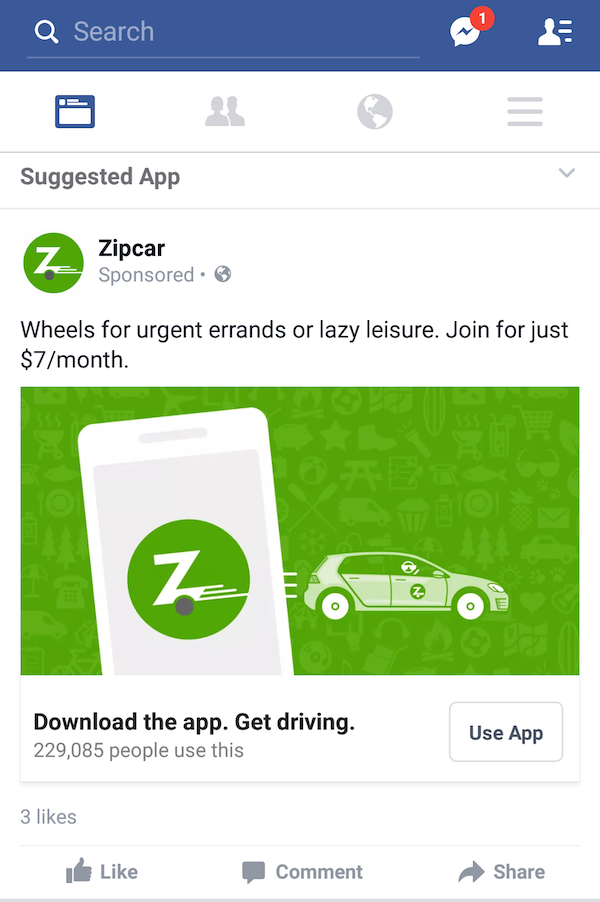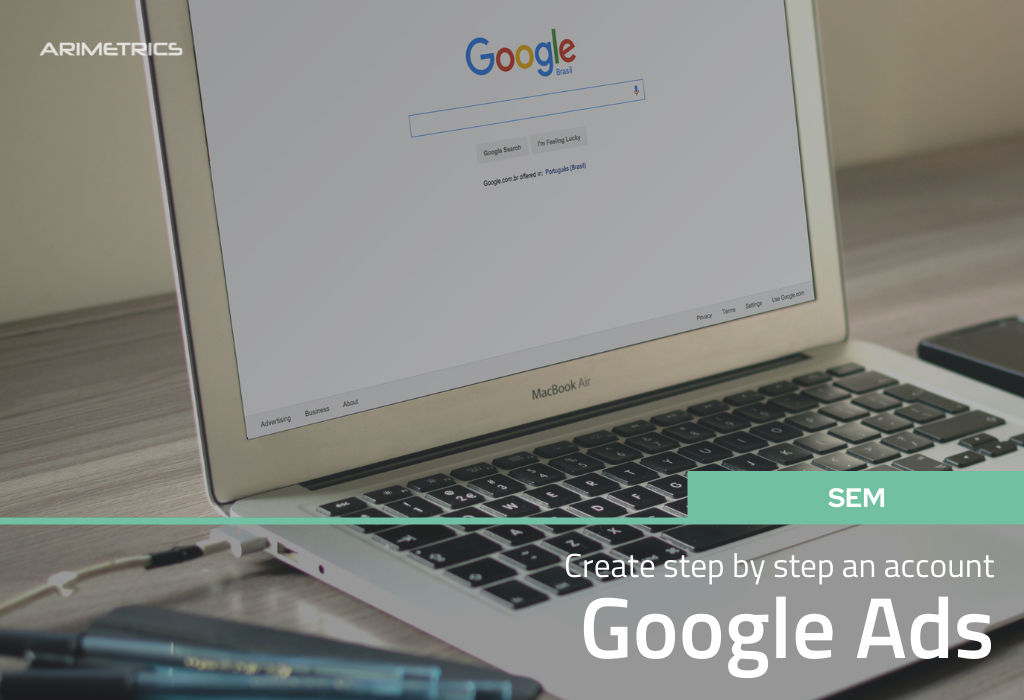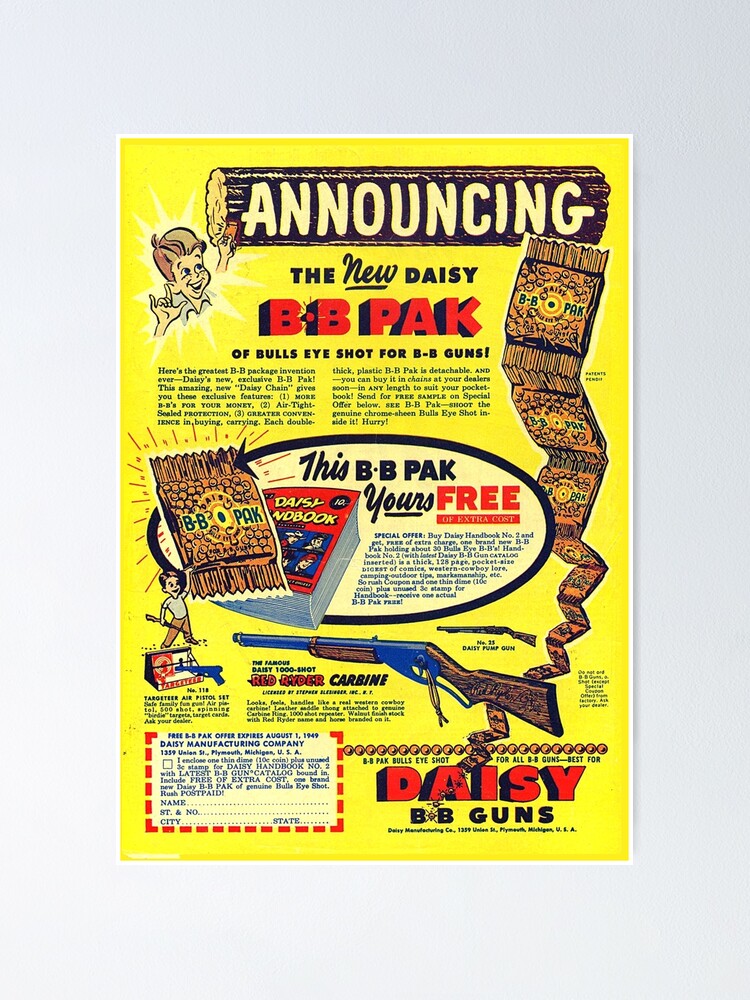
Adwords are powerful and you can maximize their power by creating an Ad Word Planner. This tool can help you keep track of your keywords and provide a forecast for their performance. You can even add keywords into your plan and watch how they perform. Once you have made an Ad Word Plan, your marketing efforts can be targeted by it. The following are some of the most useful features of Adwords. Below are the most used features of Adwords Planner.
Keyword research tool
With the Ad Word Planner keyword search tool, you have many options for targeting keywords. This tool is a great place to begin to learn about the types of keywords that you should target. This tool allows users to enter keywords and websites into the keyword search field. The tool then searches for keywords in the websites' content. This will enable you to create content that's highly relevant to the search terms.

Search volume data
You can use the Ad Word Planner to determine the success of your campaign. These tools are free to use and are bundled with other SEO and marketing tools. Moz Keyword Explorer, a fantastic tool for keyword research, is an excellent choice. It offers data on individual monthly search volumes and 12-month averages. This tool is based upon Google Ads API data. It has several calibration systems in place so that it can be accurate.
Forecast
Ad word planners can be used to help you decide whether to spend on specific keywords or ad groups if you have a set budget. Forecasts from ad word planner include information such as clicks, average cost per click, cost per day, etc. The forecast can also be improved by adding custom conversion metrics. This information is especially valuable during holiday seasons. The Adwords forecast is a good way to monitor your spending habits and to avoid overspending.
Grouped keyword view
Ad Word Planner's group keyword view lets you quickly look at multiple keywords in a campaign. It can help narrow down your options and help you decide which keywords should be added to your keyword list. It is possible to view suggested keywords grouped by platform and geographic location. After you've selected some keywords you want to test, you can add them to your campaign or create an existing one. This section helps you evaluate the effectiveness or keyword groups.

Exclusion of keywords for which you're bidding in AdWords
Your budget distribution is critical for any nonprofit with multiple AdWords campaigns. Limiting the maximum CPC bid per account for specific keywords can help you limit your spending. Understanding how to recognize duplicate keywords can help you avoid keyword competition. Google AdWords Editor provides a tool to help you determine the number of duplicate keywords.
FAQ
What is advertising's main purpose?
Advertising isn’t about selling products.
Advertising is about communicating values and ideas to people who are interested in your products or services. It is about changing attitudes and minds. It's all about building relationships.
It's all a matter of making people feel good.
However, if your customers don't want what you have to offer, you won't be able to sell anything.
So before you start any advertising project, you should first understand your customer's needs and wants, and buying habits.
You can then design ads that resonate with them.
What should you know about printing advertising?
Print advertising can be a powerful medium for communicating with customers. Print advertising is used by many companies to promote their products and services. The key objective is to capture the attention of the consumer.
Print ads are usually short (one page) and contain text, pictures, logos, and other graphics. You may also find sound, animation, video and hyperlinks.
The following are the main types print advertisements:
1. Brochures – These are large format printed pieces that are intended to draw people into stores. Brochures often feature eye-catching designs and colorful photos.
2. Catalogues- These are smaller versions and variants of brochures. These are typically sent to customers who ask for specific information.
3. Flyers – These are tiny pieces of paper distributed at events like concerts or fairs. They can be given at retail outlets but must be paid for.
4. Flyers are also available in posters. They can be displayed on fences, walls, or buildings. They are usually created using computer software programs designed to catch passersby's attention.
5. Direct mail: These are postcards or letters that are sent directly by post to potential customers. These are sent out by companies to remind customers about their business.
6. Newspaper Ads – These are ads that appear in newspapers or magazines. These ads are often quite long and include both text and images.
What is radio advertising?
Understanding the interactions between different media is essential. Remember that all media types are complementary, not competing.
Radio is best utilized as an extension to TV advertising. It enhances television by reinforcing important messages and providing additional details.
Radio listeners are often not able to handle long TV commercials. Radio ads are generally shorter and less expensive.
What is an advert buyer?
An advertiser buys advertising space on TV, radio, print media, etc.
Advertisers pay for the time their message appears.
They do not always look for the best ads, but are looking for the most effective to reach their target audience.
Advertisers might have certain demographic information about potential customers. This could include age, gender income level, marital status and occupation as well as hobbies, interests, and so on.
Advertisers can use these data to determine the best medium for them. Direct mail might be more effective with older customers, for example.
Advertisers also take into account the competition. Advertisers may decide to place their ads in close proximity to similar businesses.
Advertisers should also consider how much money they have available and how long it takes to use it.
Advertising what is it?
Advertising is an art form. It's not just about selling products. It's about building emotional connections between brands and people.
Advertising is about telling stories and using images to communicate ideas.
Communication must be clear and persuasive. Your target market should be able to relate to the story you tell.
Advertising is thus different from other forms, such public speaking, writing, and presentations.
By creating a successful campaign, you can create your brand identity.
And this is how you become memorable. You will be remembered by others.
What is an ad campaign?
Advertising campaign refers to a series of advertisements intended to promote a product. It could also refer the entire production of such advertisements.
"Ad" is a Latin word that means "to sell." The first known use was by Marcus Terentius Varro (116-27 BC), who used it as a verb meaning "to make a sale."
Advertising campaigns are most often done by large agencies or businesses. There may be many media types involved, including print and television as well as radio, TV, and internet.
Advertising campaigns can last up to six months and have specific goals. One example is that some campaigns seek to create awareness while others are more focused on increasing sales.
How can I select my target audience?
Begin with you and your closest friends. Ask yourself "Who am I trying reach?" if you aren't sure where to start.
Ask yourself these questions: Who do you consider the most influential in your industry? What are the problems they face daily? Who are my top-ranking people? You can find them online.
Return to the beginning. Why did your start? How did you solve the problem?
These questions will enable you to identify your ideal client. This will allow you to learn more about your ideal customers and their motivations for buying from you.
Look at your competitors' sites and social media pages for clues as to who they cater.
Once you have identified your target customers you will need to choose the channel to reach them. An example: If you provide services to realty agents, you may create an informational website for home buyers.
You could create a blog if you offer software to small business owners.
You could also create a Facebook account for teens if you sell clothing. For parents who are looking for child-friendly restaurants, you might set up your own Twitter account.
It is important to remember that there are many methods of getting your message across.
Statistics
- Worldwide spending on advertising in 2015 amounted to an estimated US$529.43 billion. (en.wikipedia.org)
- This means that at least 50% of an ad needs to be shown on the screen for at least one second. (quicksprout.com)
- Nonetheless, advertising spending as a share of GDP was slightly lower – about 2.4 percent. (en.wikipedia.org)
- It collects money from the advertisers, keeps 32% for its role in facilitating the process, and the remaining 68% goes to the publisher (you). (quicksprout.com)
External Links
How To
How do you place an advertisement on a billboard
While billboards have existed since the late 1800s they became more popular after World War II, when they were installed along roadsides and highways. Many billboards include text advertising and others may also display photographs or artwork. Some billboards display static messages, while others display information that changes frequently, such weather forecasts, stock prices and sports scores.
Billboards most often are found outside, but there are indoor versions. The majority of outdoor billboards are visible to traffic frequently, while indoor versions may be seen only once every few years. A "cubic" outdoor billboard is the most popular type. It is made up of three layers: two sheets of glass sandwiched between a layer of fiberglass mesh and one sheet of glass. This allows air flow through the billboard and keeps it cool in summer and warm in winter.
Billboard Advertising Inc. is a company that advertiser pay to have their ads displayed on its billboards. It owns and operates many North America's largest billboard advertising companies. These companies then offer space on their billboards for advertisers. These spaces can be purchased by advertisers based upon how much advertising they are willing to spend. They choose the best areas for their ads based primarily on the location of people who drive or walk most often.
In addition to selling ad space, Billboard Advertising Inc. has contracts with local governments to erect signs on city property. Some cities allow billboards to be placed anywhere, while others limit them to specific areas. Chicago, for example requires that billboards are no higher than 1,000 feet from any highway. Other cities also require billboards to be no closer than 500 ft away from schools and churches.
Billboard Advertising Inc. has contracts for products and services promotion throughout the United States.